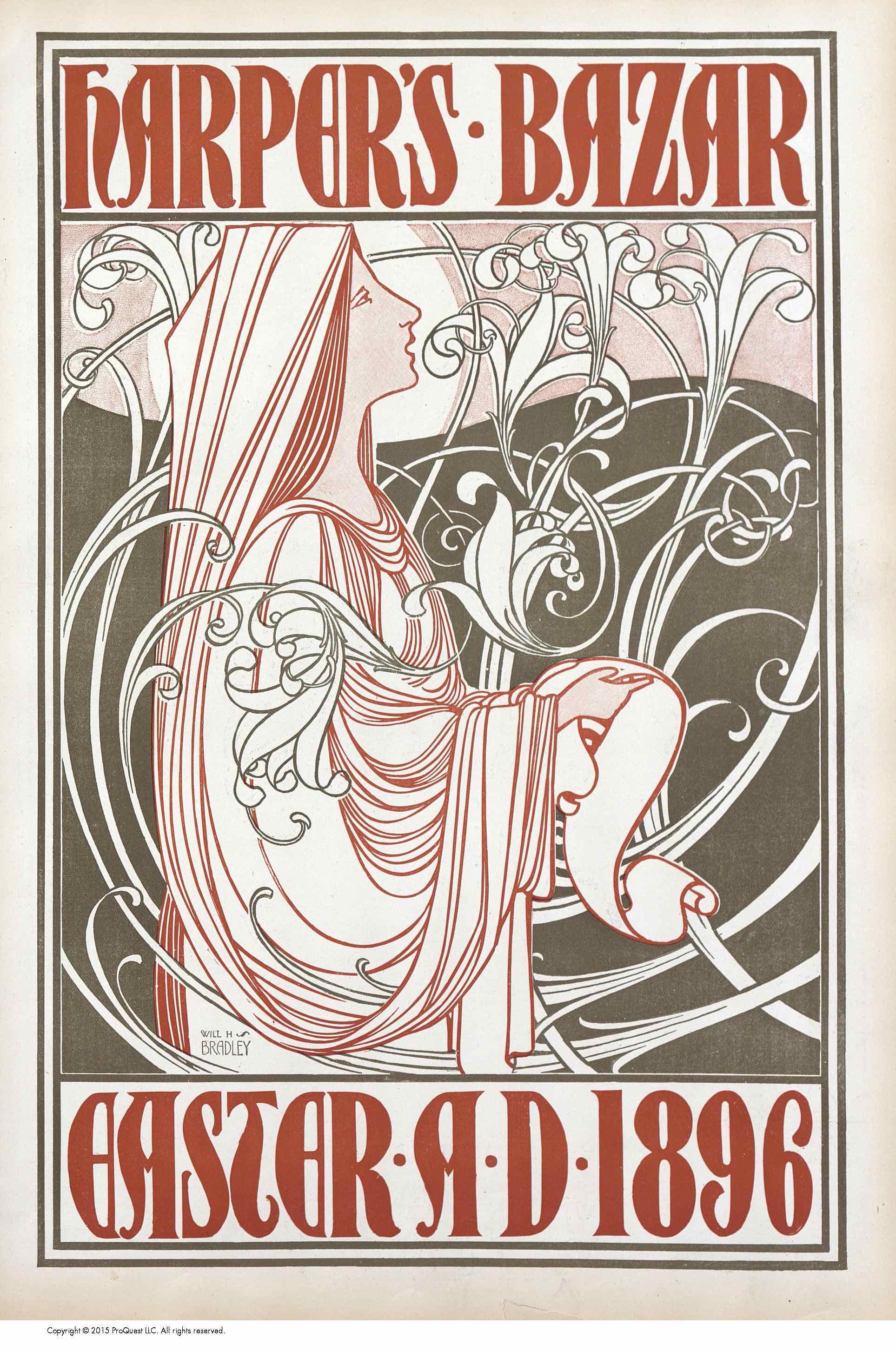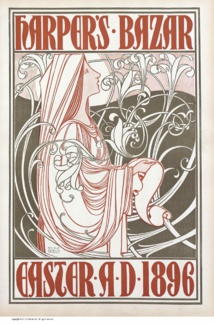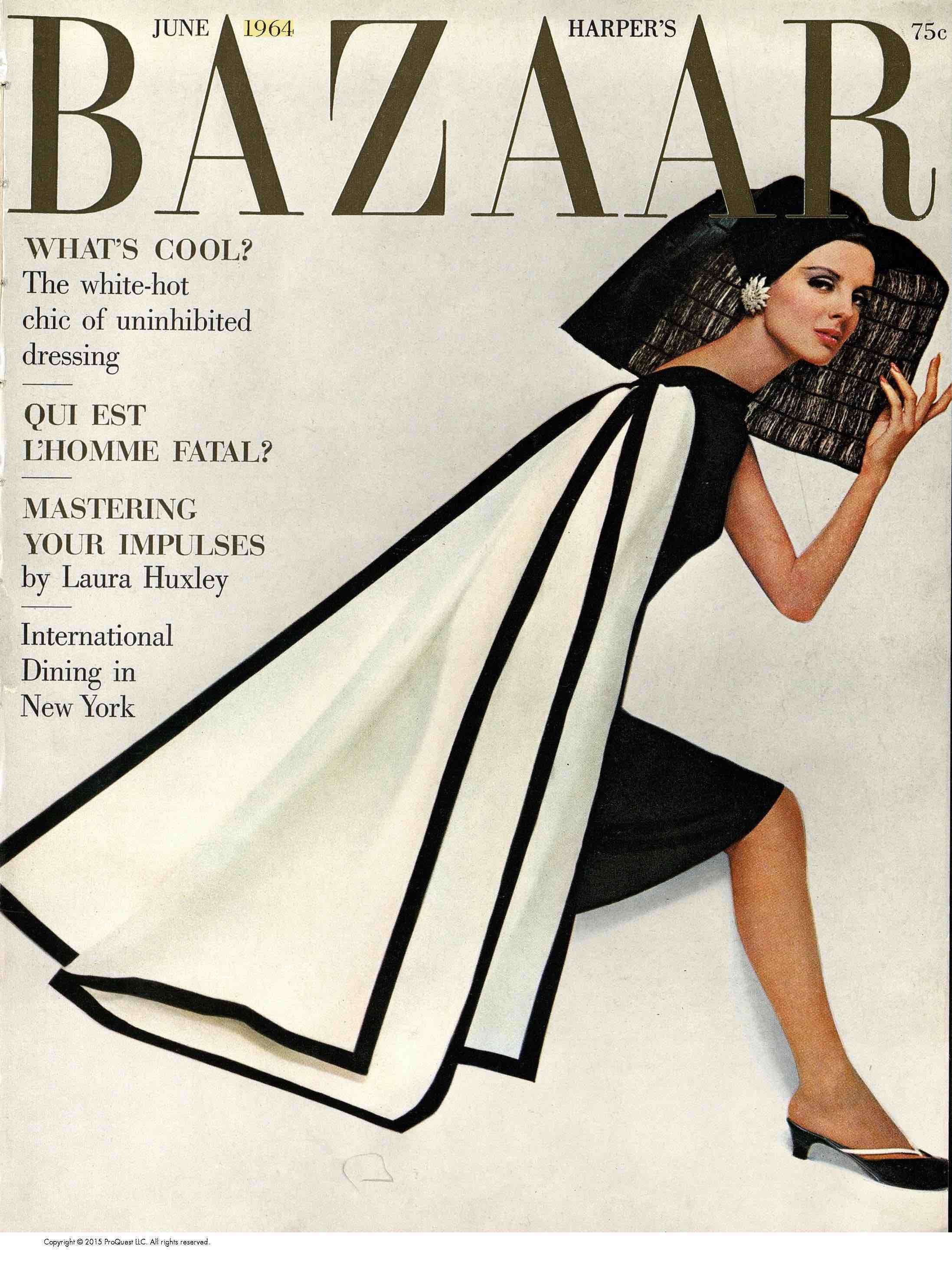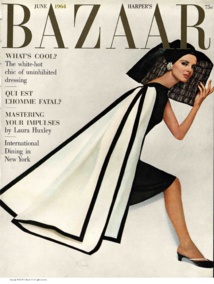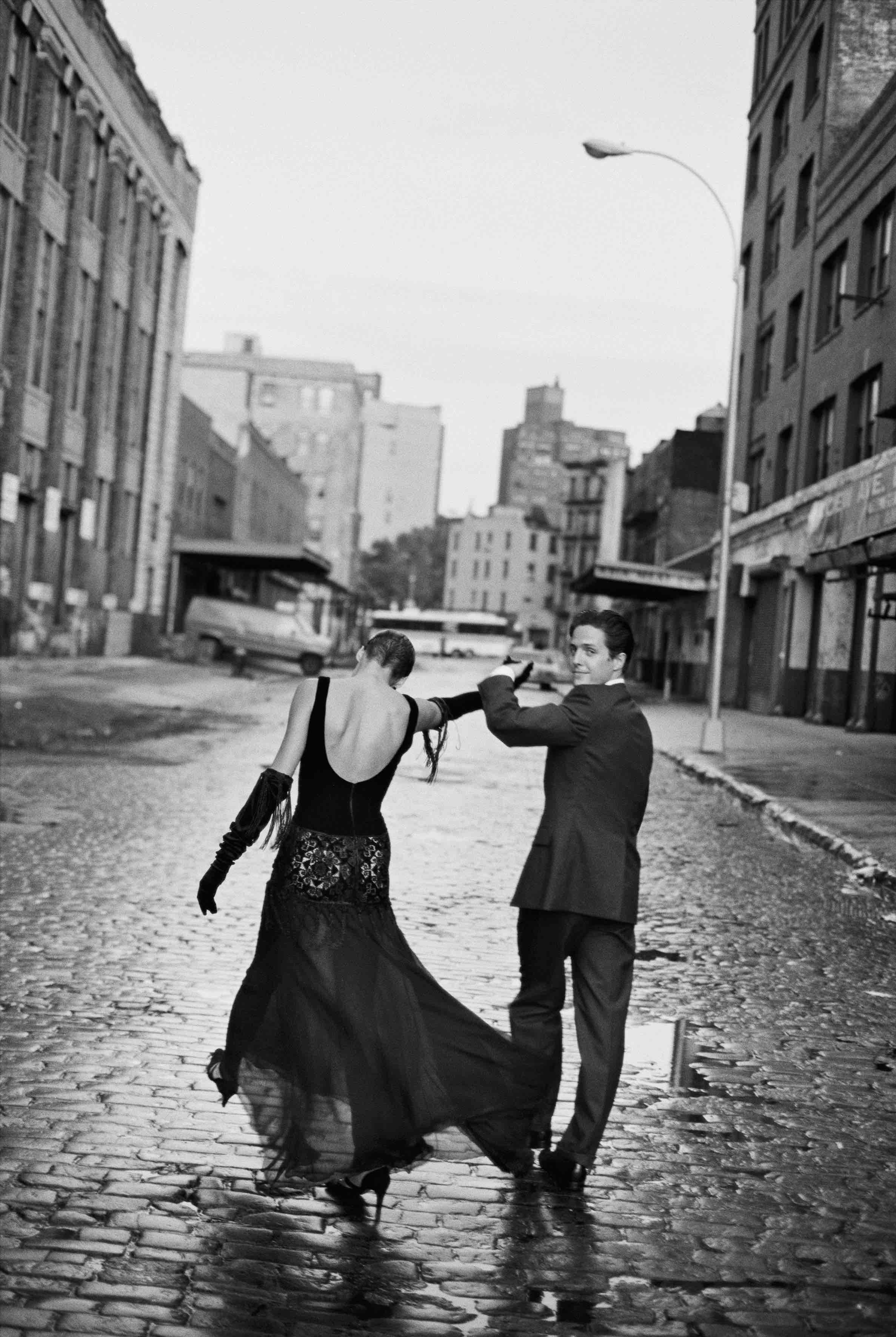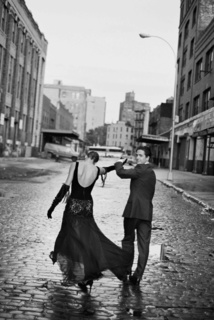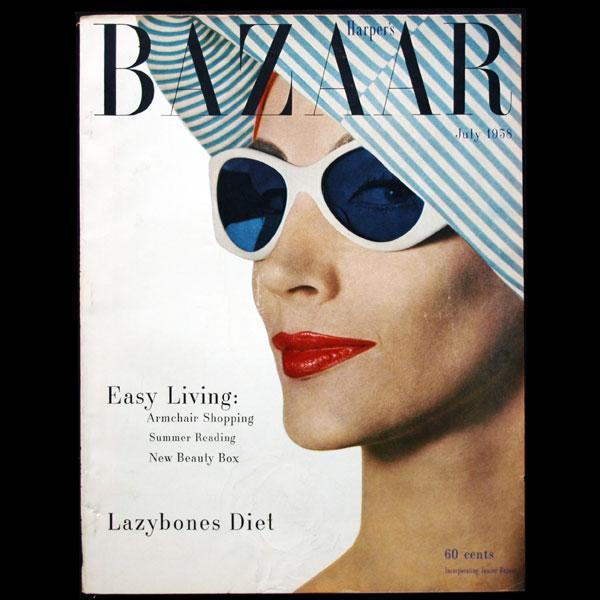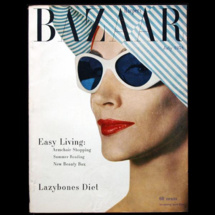On display
The magazine was, and still is, a literary journal featuring Colette, Simone de Beauvoir, Françoise Sagan, Jean Genet, André Malraux, and English contributors like Charles Dickens, Virginia Woolf, Patricia Highsmith, Truman Capote or Carson McCullers. The delicate balance between superb images and acute critical perception of fashion and writing transformed the magazine into a reference in fashion history and graphic design. Fashion greats Charles-Frederick Worth, Paul Poiret, Jeanne Lanvin, Madeleine Vionnet, Elsa Schiaparelli, Christian Dior and Cristobal Balenciaga owe part of their mythical fame to the readership of Harper’s Bazaar.
Brief historical description of the evolution of the magazine on display
First visitors are given a brief introduction to the origins of fashion journals. In 1867, Mary L. Booth, first editor-in-chief of Harper’s Bazaar, set the tone by introducing Charles-Frederick Worth, Parisian couturier much appreciated by wealthy American clients. Stylistic evolution continued with Art Nouveau, then orientalism of the Ballets Russes and Paul Poiret, who inspired the illustrator Erté in the Roaring Twenties. Afterwards the photographs of baron Adolphe de Meyer documented the new tendency towards photographic aesthetics. Later George Hoyningen-Huene or George Platt-Lynes endowed a touch of surrealism to fashion photography, mirrored by the creations of Elsa Schiaperelli or Madeleine Vionnet who gave fashion a metaphysical dimension.
The ‘holy trinity ’of Carmel Snow, Alexey Brodovitch and Diana Vreeland transformed Harper’s Bazaar into an avant-garde luxury magazine. Diana Vreeland used Louise Dahl-Wolfe’s Kodachrome color images of large-open spaces and sun-burnished bodies to introduce the vision of healthy, outdoor fashion. Carmel Snow introduced Man Ray and Richard Avedon. The latter was perfectly suited to portraying wonderful, flowing ball gowns after the Second World War. Snow baptized Christian Dior’s 1947 collection ‘New Look’ ]contributing to the sense of a renewal of luxury after the meagre war years. However, already detractors were at work because existentialism was around the corner with its stricter approach to fashion. Soon Andy Warhol’s illustrations dominated the public’s attention, heralding the Pop and Op Revolution, reflected in the famous futuristic issue of the magazine in April 1965.
Further transformation of the magazine
In 1992, editor-in-chief Liz Tilberis, and Fabien Baron, the artistic director, steered the magazine back to its former classical elegance with a change of typography and the choice of well-proven esthetics. Linda Evangelista and Kate Moss, among others, were put back into the lime-light by Patrick Demarchelier or Peter Lindbergh.
Glenda Bailey’s arrival later in 2001 as editor-in-chief, with Stephen Gan and Elisabeth Hummer as artistic directors, introduced more flamboyance with photographers Jean-Paul Goude or Simon Procter. Backstage and behind the scenes dominated fashion reportage, with ambitious and risky poses or huge photographic compositions, now dominating the pages of Harper’s Bazaar.
Where to find the Museum of Decorative Arts in Paris
107 rue de Rivoli, 75001 Paris +33 (0) 1 44 55 57 50
Métro : Palais-Royal, Pyramides, Tuileries
Open from Tuesday until Sunday from 11h until 18h
Nocturnal opening Thursdays until 21 h
(Only the temporary exhibitions and Jewelery Gallery are open until 21h)
full entry ticket costs 11€, reduced ticket 8,50€
Temporary exhibition Harper's Bazaar runs from 28 February until 14 June 2020


